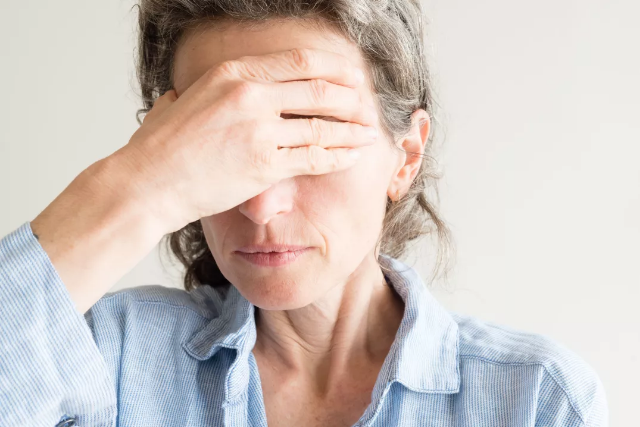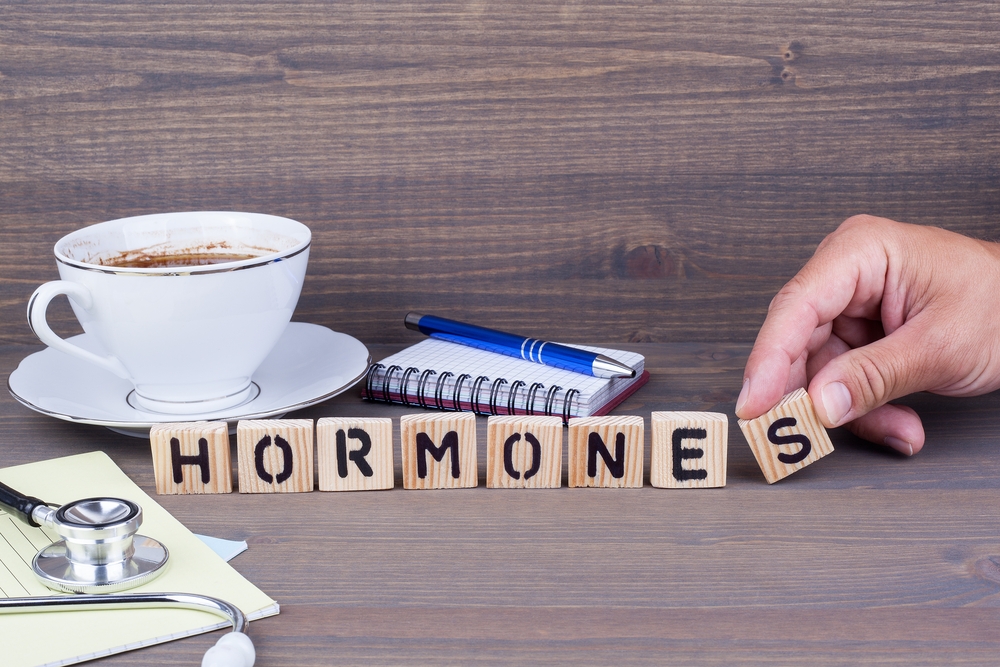
It seems that women in their 40s and 50s are very easy to be labeled as [climacteric]. Even if they express their temper normally, they will be teased [is it climacteric? ]
Menopause, a rigorous and discriminatory word, was proposed to be abolished by WHO as early as 1994 and replaced by the word perimenopause, which refers to the period from ovarian function to one year after menopause.
During this period, women will suffer from a series of physical and psychological discomfort, lasting for several to more than ten years. Many women will choose to live [endure] the past. In fact, there are ways to improve these situations.
01 Climacteric discomfort can last for several years,
The biggest [culprit] causing all kinds of menopause discomfort is estrogen. As we approach menopause, our estrogen secretion level decreases, resulting in menstrual disorders, vasomotor disorders, and some neuropsychiatric symptoms.
Menstrual disorder
Menstrual disorder is the most common manifestation of menopause. The menstrual cycle becomes long and short, and the amount of menstruation also increases and decreases.
However, when menstrual changes occur to women approaching menopause, they should not be taken for granted as menopause, because menstrual changes may also be signs of pregnancy or certain diseases, and they should seek medical treatment in time and take targeted measures.
Especially when vaginal bleeding, menstrual volume obviously increases or bleeding time obviously prolongs after sex, and menstruation reappears after menopause.

Hot flashes
Hot flashes are one of the most common symptoms of menopause, which usually lasts for 1-2 years. There are also, usually, sudden fever on the face and whole body, accompanied by skin flushing and sweating, which often lasts for several seconds, minutes or more. Some women have hot flashes several times a month, while others have multiple hot flashes a day.
Hot flashes themselves are harmless, but they may interfere with daily life. Frequent hot flashes at night can seriously affect rest and cause fatigue and drowsiness during the day.
Vaginal dryness and decreased sexual desire
Due to the lack of estrogen, the vaginal wall will gradually become thinner, dry and inelastic. These changes will lead to vaginal pain and discomfort during sexual life, and are more prone to vaginitis, urinary tract infection, etc.
Insomnia, depression
Emotional problems are more common among perimenopausal women, which is also the main reason why menopause is ridiculed. In addition, insomnia, dreaminess, poor sleep quality and other problems are also very common, and serious even anxiety, depression and other conditions may occur.
Hormones help people pass menopause smoothly.
Since climacteric symptoms are caused by hormone changes, for most people, hormone replacement therapy and active administration of exogenous estrogen and progesterone to maintain hormone levels in the body can relieve symptoms and improve quality of life.
But when it comes to hormones, many people instinctively refuse, believing that the side effects are too great.
In fact, as long as rational drug use is carried out under the guidance of doctors and follow-up and monitoring are paid attention to, hormone replacement therapy has little risk, but it can greatly improve the quality of life of peri-climacteric women and make life more comfortable.
Systemic estrogen therapy can reduce bone loss in early menopause, help prevent hip joint and spinal fracture, and is also the best way to relieve hot flashes and night sweats.
Local or systemic estrogen therapy can relieve vaginal dryness and prevent recurrent senile vaginitis.

The sooner you start, the better the effect will be.
Women who have no contraindications and are willing to take hormone replacement therapy should start hormone replacement therapy as soon as possible.
On the one hand, the earlier you start, the less impact estrogen decline will have on women’s body and psychology.
In addition, the earlier the effect starts, the better. For women < 60 years old or within 10 years of menopause, hormone replacement therapy has a better effect on relieving symptoms, and can reduce the risk of cardiovascular diseases at the same time. The benefit/risk ratio for preventing osteoporosis is the highest. The longer the menopause time, the benefit/risk ratio will gradually decrease.
04 Random medication has risks,
However, hormone replacement therapy also has risks and side effects, such as increasing the risks of endometrial cancer, breast cancer, stroke and thrombosis.
These risks are closely related to medication, the time to start treatment, and the patient’s own situation.
Therefore, hormone replacement therapy cannot be carried out by oneself. Doctors need to decide whether to use hormone therapy according to their own symptoms, medication history and their own and family disease history.
Generally speaking, hormone therapy should take the lowest dose and the shortest course of treatment as far as possible. However, some women need long-term hormone use because their symptoms exist for a long time and cannot be relieved. Regular follow-up is extremely important.
Never buy your own medicine to take, nor increase the dosage at will in pursuit of [faster and more effective]. Not to mention taking [climacteric drugs] of unknown origin and composition at will.
